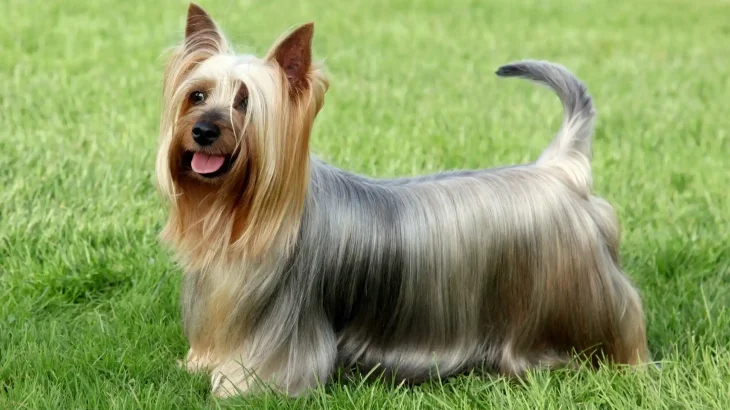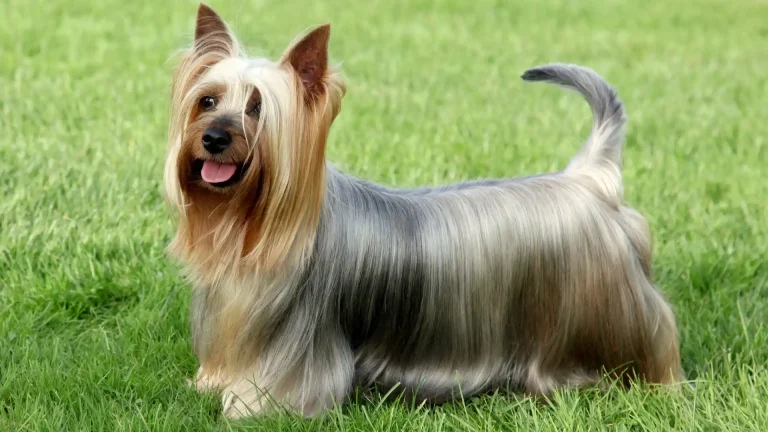Deciding whether to adopt or purchase a Silky Terrier puppy involves weighing the benefits of each option based on your priorities and circumstances. Purchasing from a breeder often means gaining access to detailed health histories and predictable breed qualities, while adoption can offer a rewarding chance to rescue a dog, sometimes with a mix of unknown factors.
Adoption vs. Breeder: Pros & Cons
| Criteria | Buying from Breeder | Adopting from Shelter/Rescue |
|---|---|---|
| Cost | Typically higher initial cost due to breed purity and pedigree. | Usually lower adoption fees that may include vaccinations and spay/neuter. |
| Health History | Comprehensive health records and genetic background usually provided. | Often limited health history, though basic vet checks are common. |
| Age Availability | Primarily puppies, allowing early training and bonding. | Range of ages including adults, which might be preferred by some owners. |
| Temperament Insight | Breeders can offer informed expectations about breed-specific personalities. | Temperament may be observed, but full history can be uncertain. |
| Ethical Considerations | Important to choose responsible breeders who prioritize health and welfare. | Supports animal welfare by giving homes to dogs in need. |
| Breed Purity & Pedigree | Guaranteed pedigree and breed standards maintained. | Breed status may be mixed or unknown. |




















































